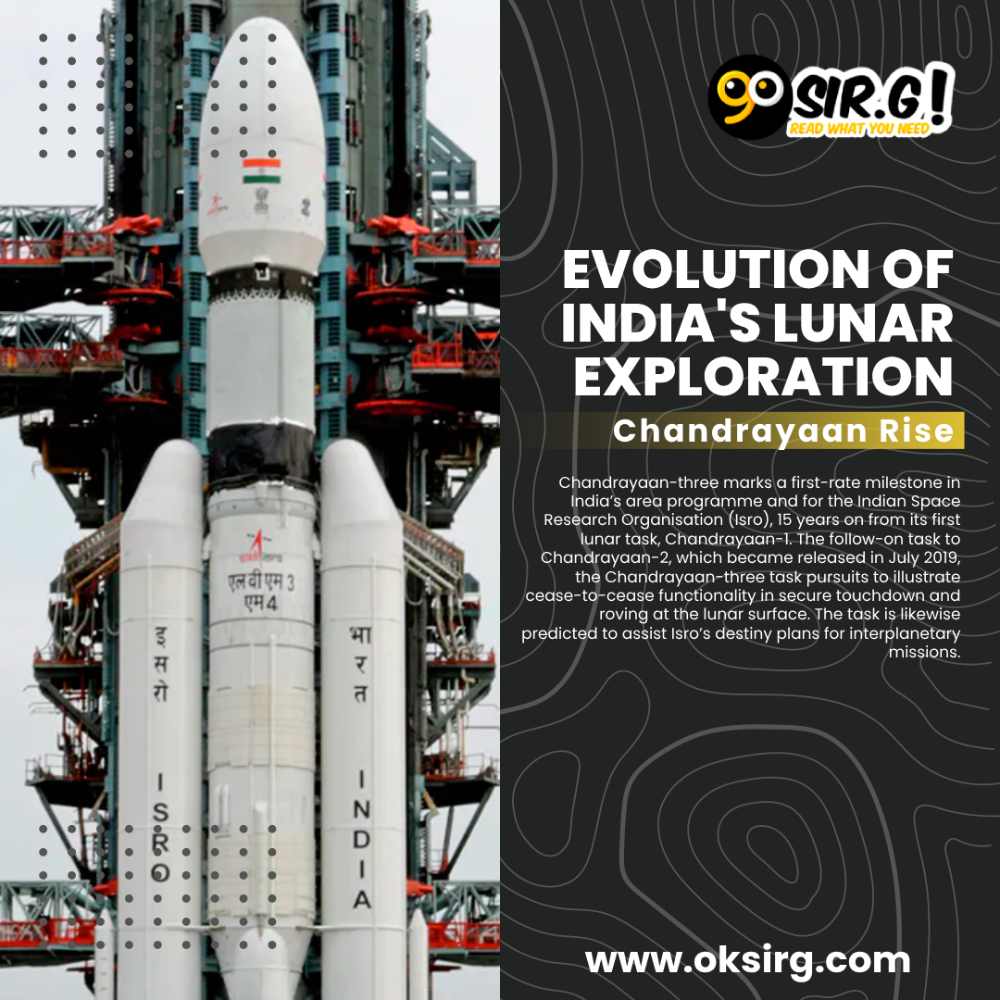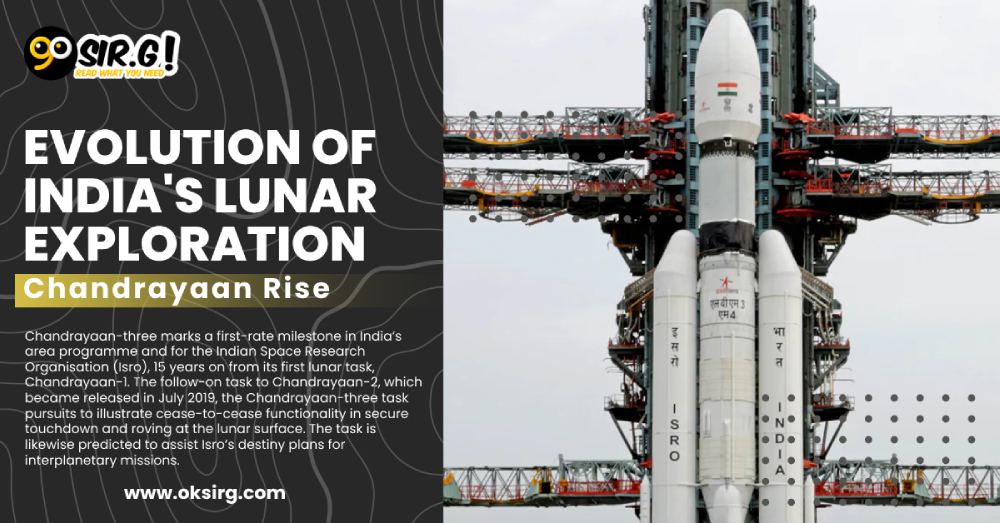Chandrayaan-1 was a pioneering mission that showcased India’s remarkable advancements in technology and innovation.
The exploration of the moon has fascinated mankind for centuries. India has made significant strides in lunar exploration in recent years. Moreover, a voyage from Chandrayaan-1 to Chandrayaan-3 demonstrates the country’s prowess in space exploration. Moreover, this article takes a look at the development of India’s lunar missions, highlighting key achievements and exciting future prospects.
Chandrayaan-1: India’s Groundbreaking Lunar Odyssey:
Chandrayaan-1, launched on October 22, 2008, was India’s first mission to the moon. Furthermore, the spacecraft orbited the lunar surface and made groundbreaking discoveries, including the discovery of water molecules on the lunar surface. Its innovative instruments and technological advances have laid the groundwork for future lunar missions and positioned India as a formidable competitor in the global space exploration landscape.
Chandrayaan-2: An Ambitious Leap:
Building on the success of Chandrayaan-1, India focused on Chandrayaan-2, an ambitious orbiter-lander (Vikram) and rover (Pragyan) mission. Launched on July 22, 2019, this mission aimed to explore the lunar south-polar region, an area of scientific interest. Despite difficulties during the landing phase, the Chandrayaan-2 orbiter continues to operate successfully, collecting valuable data on the moon’s geology and atmosphere.
Vikram’s Landing: Overcoming Adversity:
One of the most critical phases of Chandrayaan-2 was Vikram’s attempt to land on September 6, 2019. The entire nation held its breath as the lander approached the lunar surface. Although Vikram’s landing did not go as planned and contact was lost. Furthermore, the mission showed India’s determination to push the frontiers of lunar exploration. Furthermore, the Indian Space Research Organization (ISRO) learned valuable lessons from this experience and paved the way for future projects.
Chandrayaan-3: A Final Return:
Undeterred by the challenges faced during Chandrayaan-2, India announced Chandrayaan-3, the next mission that would once again land successfully on the moon. Chandrayaan-3 will be launched in late 2023 and is designed to demonstrate India’s ability to land softly on the lunar surface and pilot the rover. Moreover, the mission will use lessons learned from Chandrayaan-2 to ensure a more precise and safer landing.
Scientific Objectives Of Chandrayaan-3:
The science objectives of Chandrayaan-3 are vast and intriguing. It will study the lunar surface and conduct experiments to study the composition, mineralogy and geology of the moon. The goal of the mission is to improve our understanding of the evolution of the Moon and its relationship to Earth’s geological history. In addition, Chandrayaan-3 will search for potential resources such as water ice that could be essential for future manned lunar exploration missions.
Advances In Technology And Innovation:
With each lunar mission, India continues to push the boundaries of technology and innovation. Chandrayaan-3 will have updated systems and instruments to increase the overall mission success rate. Advances in technology and innovation in communications, navigation, and autonomous systems will further facilitate spacecraft operations and data transmission on Earth.
International Cooperation And Partnerships:
The lunar exploration of India was not a solitary endeavour. Significant international collaboration occurred on Chandrayaan-1 and Chandrayaan-2, with space agencies from several countries contributing tools and expertise. Moreover, such partnerships not only strengthen global scientific collaboration but also promote mutual learning and knowledge sharing.
Prospects: A Vision Of The Moon In India:
Beyond Chandrayaan-3, India has an ambitious lunar vision. The country’s goal is to establish a permanent human presence on the moon through the Gaganyaan mission, which is set to begin in the near future. The Gaganyaan program aims to send Indian astronauts (Gagannauts) into space. Furthermore, this makes India one of the few countries conducting manned space missions.
India’s exploration of the moon is a testament to the country’s commitment and determination to space exploration. From the remarkable achievements of Chandrayaan-1 to the lessons learned from Chandrayaan-2, India’s quest for lunar exploration has increased tremendously. With Chandrayaan-3 on the horizon and ambitious human spaceflight plans. Moreover, Indian space companies promise to make significant contributions to the scientific understanding of the moon and the future of space exploration.
Frequently Asked Questions (FAQ)
What is Chandrayaan-1?
Chandrayaan-1 was India’s first lunar mission, launched in 2008 to explore the lunar surface and collect valuable scientific data.
What were the main achievements of Chandrayaan-1?
Chandrayaan-1 made important discoveries, including discovering water molecules on the lunar surface, mapping the lunar topography, and identifying several minerals.









Leave feedback about this
You must be logged in to post a comment.